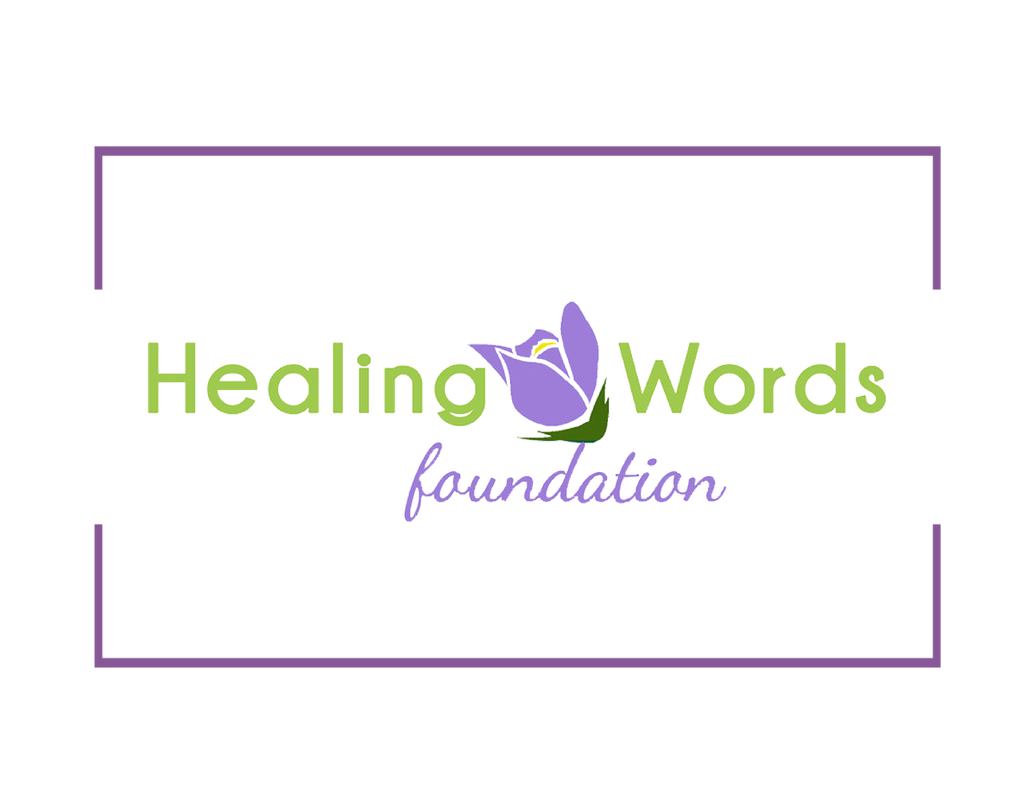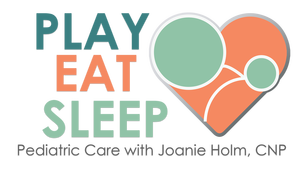|
By Richard P. Holm MD
If you don't use it, you'll lose it. I bet I've heard and repeated this age-old aphorism a million times. But can it be overused? The adage certainly fits when trying to improve the wellness of many medical systems: working the brain with puzzles and conversation helps ward off memory loss; walking fast enough to cause one to huff and puff keeps the heart and lungs strong; regular sexual activity helps prevent impotence; and filling the gut with a high fiber diet keeps the bowels in shape and makes you a regular sort-a-guy. But what can you do when it hurts to move those old joints? Should you rest a joint with degenerative osteoarthritis or should it be exercised? Experts say it depends on the state of the arthritis. If it is a hot and inflamed joint, it's better to first address it with expert advice, medication, and time, and not to force a lot of movement until later when it is cooled down. If, however, it is the cool-yet-stiff type of arthritis, then that’s a different story. I always go back to a well done study in which they observed a large number of older people with very bad osteoarthritic knees—the kind that the orthopedic surgeon would call “bone on bone”. Scientists divided them into two groups: the first group was left to their sedentary habits; the second group was pushed to regularly walk, stretch, and move on those worn out knees. So who do you think did better? You guessed it, the exercise group reported to have less pain, was better able to stay mobile, and were rated as being generally happier than the control group. A physician friend once advised me: “Motion is the lotion for keeping those stiff joints moving.” The American College of Rheumatology gives us the following recommendations: · Though some of the joint changes of osteoarthritis are irreversible, most patients will not need joint replacement surgery · Symptoms of osteoarthritis can vary greatly among those affected · Exercise should be an important part of what we do to decrease joint pain and increase function So, say it again to yourself every morning while looking at the person in that mirror: "Use it or lose it." By Richard P. Holm MD
50 years ago in the highlands of New Guinea, a strange neurodegenerative epidemic began to occur among one tribe. This particular native society was being devastated by a condition they called “kuru”, which in their language means “to shiver or shake”. People affected by kuru would start showing symptoms of an unsteady gait, tremors, and slurred speech. Although dementia was minimal, kuru would cause mood changes and eventually result in an inability to stand or eat. The victims of this disease would die in a coma about 12 months after gait changes started. As medical science analyzed this condition, it was discovered that kuru was caused by an infectious virus-like prion—a misfolded protein—which causes other protein molecules to become misshapen, clump, and accumulate in the brain. Kuru characteristically concentrates in the cerebellum, which is the balance and coordination center of the brain. The macabre turn to this story came when scientists discovered kuru was spread as a result of the rather gruesome practice of ritualistic cannibalism practiced by this remote tribe. Recently deceased beloved relatives would be prepared and consumed, especially the brains, in a ceremony to honor the dead; thus the infection would spread. Kuru, like several other brain prion diseases, causes neurological symptoms which can occur months or even decades after transmission of the infection, making the diagnosis difficult. Other examples of this kind of brain infection include Creutzfeldt-Jakob disease in humans, mad cow disease in cattle, scrapie in sheep, and chronic wasting disease in deer and elk. Although this kind of protein-changing infection cannot be transmitted through the air or by casual contact, it can be transmitted by consumption of infected tissue or bodily fluids. One should not jump to the conclusion that other neurodegenerative diseases like Alzheimer’s or Parkinson’s are due to a prion infection like kuru. However, there are protein changes and clumping noted in these brains too, giving one pause to consider that there could be some sort of infectious relationship to these neurological conditions as well. The research goes on. With a great deal of effort and local governmental intervention, the people of that tribe in New Guinea were convinced to no longer consume their recently dead relatives, and kuru has mostly disappeared. Ritualistic cannibalism may be gone, but other prion-infections of the brain are not. It is through careful scientific research and work that we have hope. By Richard P. Holm MD
The first day I met Amiel Redfish, a physician assistant, we discussed the overuse and over-reliance on medicine in modern society, how great changes in longevity, through the years, came instead with proper sanitation, clean water, and the discovery of antibiotics. Although there have been great strides in health care throughout the years, none have resulted in such significant drops in the overall death rate as those. Redfish also expressed the value of the vigorous lifestyle of traditional American Indians and a diet closer to what was found in a hunter/gatherer’s world like roots, vegetables, berries and fruit, eggs, and wild game. My colleague is a true Sioux Indian medicine man, a class act, and a dear friend. But despite the sagacity, insight, and traditional perspective he represents, I dare say there are those who, not knowing him, would look at his original American Indian features and prejudge him. Prejudice is a word that means judging or making an opinion about an individual using preconceived notions, coming to an opinion before one has the facts. Typical prejudices arise out of attitudes, mostly parentally taught, about perceived differences in race, gender, gender identity, nationality, social status, sexual orientation, religious affiliation or non-affiliation, age, disability, height, and weight. Anthropologists speculate that, at one time, stereotyping and acting on prejudice provided a survival advantage. In unpoliced societies, people are safer trusting their family and their community while being wary of outsiders. Ten-thousand years ago, those looking different than our tribe had a higher chance of causing us harm. On some level, this is hard wired into our middle brain. But distrust and hating others who are different from ourselves can also come out of self-doubt, jealousy, and is destructive to those hated and even more so to the hater. As they say, “If you want to destroy your enemy, make him hate.”Other research suggests that treating people with respect, not prejudging them on appearance, allows an openness to operate which in turn churns the wheels of communication, commerce, and community. Recall what Martin Luther King Jr. said: “I have a dream that my four little children will one day live in a nation where they will not be judged by the color of their skin but by the content of their character.” It is accurate to say that those who can break free of prejudicial stereotyping are better able to make new friends and find success. It is a great joy and to my great advantage to have friends like Amiel Redfish. An elderly late-80s gentleman came into the emergency room unconscious with the diagnosis of a new stroke. The CT of the head indicated there was no bleeding into or around the brain, indicating he had a blood clot, not a bleed that caused the acute brain injury.
Symptoms had begun six hours earlier, but the patient and his family just didn’t get to the emergency room in time to try a clot-busting medication that can sometimes save the brain. The family and I had a long talk. I discovered that the patient had been living alone in his home of 50 years, still visiting a nursing home every day to see his wife who had severe Alzheimer’s Disease. He had an advanced directive about which his family was aware. He had enjoyed a good life, his financial affairs were in order, and he did not want resuscitation if it was required. I remember a previous encounter with him where he told me, “that would be an easy way to go, so do not resuscitate. And what ever happens, no feeding tubes unless I have a reasonable chance of returning to a normal life, where I would know what’s going on.” After the stroke, the patient had significant brain injury with no capacity to swallow or speak and minimal awareness. With his family’s agreement, we did not start intravenous fluids, in consideration for brain edema that can occur in new strokes, and gave it a little time to allow for the edema to reduce and improve the situation. This also bought some time to see if we were going to get any recovery or not. After the third day, the writing was on the wall. His outlook, if he survived, would require him to have a feeding tube. The family told me to follow his advanced directive and allow a natural death. Over the next nine days he gently slipped away, no feeding tube, no respirator, no suffering. Take home message:
|
Archives
July 2024
Categories |
 RSS Feed
RSS Feed


